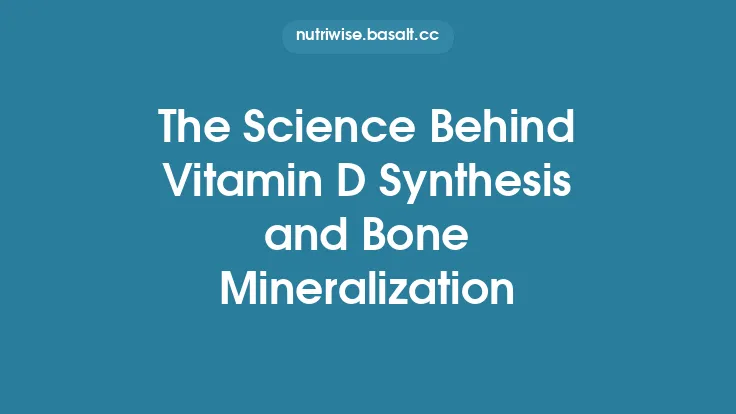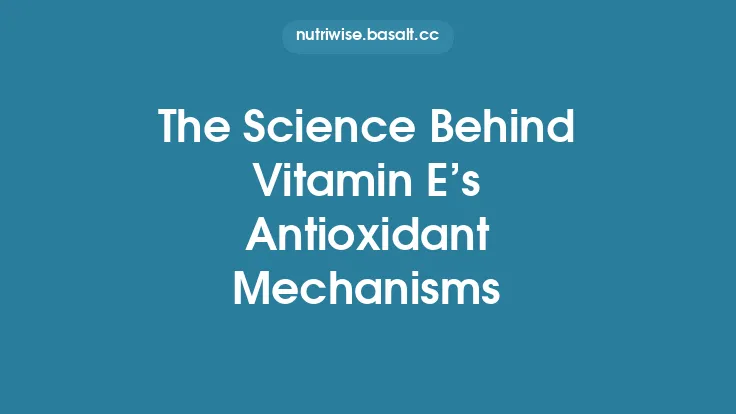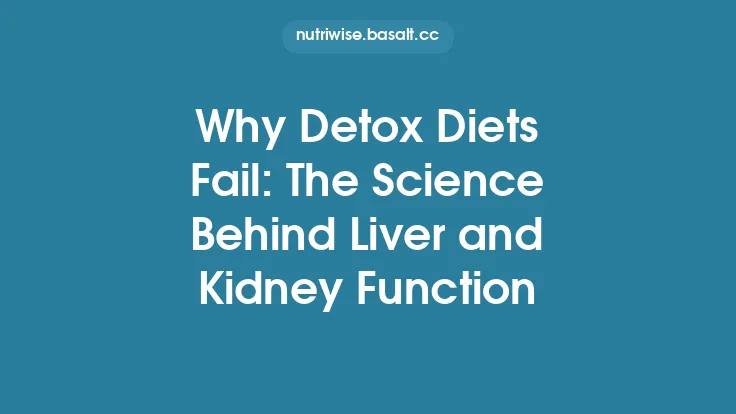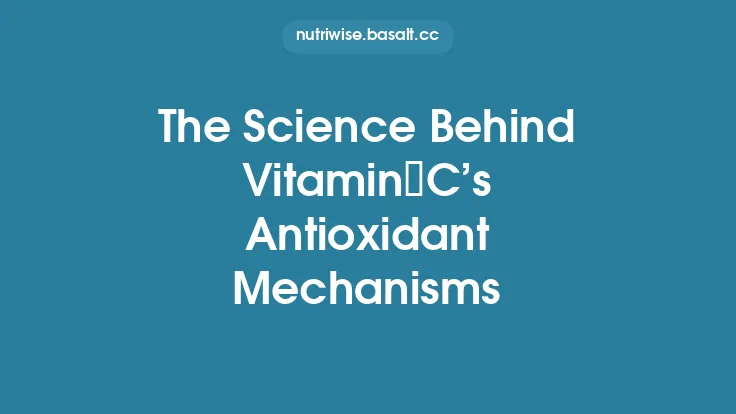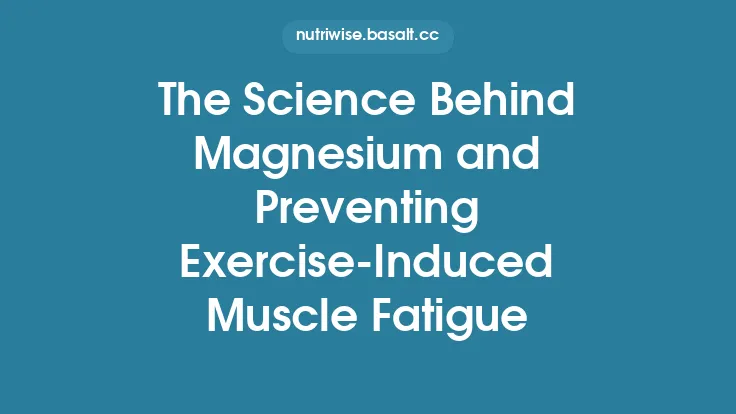Vitamin K is indispensable for hemostasis because it supplies the essential co‑factor for a post‑translational modification that converts several plasma proteins from inert precursors into active participants of the clotting cascade. This modification—γ‑carboxylation of specific glutamic acid residues—creates high‑affinity calcium‑binding sites that enable the clotting factors to associate with phospholipid surfaces, a prerequisite for the rapid assembly of enzymatic complexes that generate thrombin. Understanding the precise biochemical steps, the enzymes that drive the vitamin K cycle, and the downstream effects on each factor provides a mechanistic foundation for interpreting bleeding disorders, the action of anticoagulant drugs, and emerging therapeutic strategies.
The Coagulation Cascade: An Overview
The coagulation system is traditionally depicted as a series of enzymatic reactions that converge on a common pathway, culminating in fibrin formation. Two initiating pathways—the extrinsic (tissue‑factor) pathway and the intrinsic (contact activation) pathway—feed into a shared amplification phase:
- Extrinsic pathway: Tissue factor (TF) exposed at sites of vascular injury complexes with factor VIIa, generating a TF‑VIIa complex that directly activates factor X to Xa and, to a lesser extent, factor IX.
- Intrinsic pathway: Factor XII activation triggers a cascade (XIIa → XIa → IXa), with factor IXa forming a tenase complex together with its co‑factor factor VIIIa on phospholipid surfaces.
- Common pathway: Factor Xa, in complex with factor Va, converts prothrombin (factor II) to thrombin (IIa). Thrombin then cleaves fibrinogen to fibrin and activates platelets, reinforcing clot formation.
All of the serine proteases that drive these reactions—factors II, VII, IX, X, and the regulatory proteins protein C, protein S, and protein Z—are vitamin K‑dependent. Their functional activation hinges on the γ‑carboxylation of a conserved sequence of glutamic acid residues (the Gla domain), which imparts calcium‑dependent membrane affinity.
Vitamin K‑Dependent γ‑Carboxylation: The Core Biochemical Reaction
The γ‑carboxylation reaction occurs in the endoplasmic reticulum of hepatocytes (the primary site of clotting factor synthesis) and is catalyzed by γ‑glutamyl carboxylase (GGCX). The overall stoichiometry can be summarized as:
\[
\text{Glutamic acid (Glu)} + \text{CO}_2 + \text{Reduced vitamin K (KH}_2) \xrightarrow{\text{GGCX}} \text{γ‑Carboxyglutamic acid (Gla)} + \text{Oxidized vitamin K (K\textsubscript{ox})} + \text{H}_2\text{O}
\]
Key points of the reaction:
- Reduced vitamin K (KH₂) serves as a two‑electron donor. It is generated from the quinone form (vitamin K₁ or K₂) by the enzyme vitamin K epoxide reductase complex 1 (VKORC1).
- Carbon dioxide is fixed into the γ‑position of the glutamate side chain, creating the Gla residue.
- The newly formed Gla residues coordinate calcium ions (Ca²⁺) with high affinity, enabling the clotting factor to dock onto negatively charged phospholipid membranes (e.g., platelet surfaces).
Because each factor contains multiple glutamate residues within its Gla domain (e.g., factor IX has 12 Gla residues), the reaction is highly repetitive and consumes a substantial amount of reduced vitamin K. The efficiency of this process is therefore tightly coupled to the regeneration of KH₂ via the vitamin K cycle.
Key Enzymes: γ‑Glutamyl Carboxylase and Vitamin K Epoxide Reductase
γ‑Glutamyl Carboxylase (GGCX)
- Structure: GGCX is an integral membrane protein with multiple transmembrane helices and a large luminal catalytic domain. The active site binds both the substrate protein (via a recognition sequence upstream of the Gla domain) and the vitamin K co‑factor.
- Catalytic Mechanism: The enzyme utilizes a carbamate intermediate formed between the γ‑carboxyl group of the glutamate side chain and CO₂. The reduced vitamin K donates electrons to reduce the intermediate, completing the carboxylation and regenerating the oxidized vitamin K.
- Kinetic Characteristics: GGCX exhibits Michaelis–Menten kinetics with respect to both substrate protein and KH₂, and its activity is modulated by the availability of calcium and the redox state of the endoplasmic reticulum.
Vitamin K Epoxide Reductase Complex 1 (VKORC1)
- Function: VKORC1 reduces the vitamin K epoxide (K\textsubscript{ox}) generated after each carboxylation cycle back to the quinone form, which is subsequently reduced to KH₂ by vitamin K reductase (VKORC1L1) or other reductases.
- Pharmacological Relevance: The anticoagulant warfarin binds to VKORC1, inhibiting its activity and thereby depleting the pool of reduced vitamin K. This blockade leads to the production of under‑carboxylated clotting factors, attenuating coagulation.
- Genetic Variability: Polymorphisms in the VKORC1 promoter (e.g., –1639 G>A) alter enzyme expression and influence individual sensitivity to warfarin, underscoring the clinical importance of the vitamin K cycle.
Activation of Specific Clotting Factors
The γ‑carboxylation of each factor confers distinct functional properties:
| Factor | Gla Residues (approx.) | Primary Role in Cascade | Calcium‑Dependent Function |
|---|---|---|---|
| II (Prothrombin) | 10 | Precursor of thrombin; cleaved by factor Xa/Va complex | Membrane anchoring for conversion to thrombin |
| VII | 8 | Initiates extrinsic pathway via TF‑VIIa complex | Enables TF binding and proteolytic activity |
| IX | 12 | Forms intrinsic tenase (IXa·VIIIa) | Localizes to platelet surfaces for factor X activation |
| X | 9 | Central to common pathway; forms prothrombinase (Xa·Va) | Positions for efficient prothrombin cleavage |
| Protein C | 8 | Anticoagulant; activated by thrombin‑thrombomodulin | Binds to endothelial phospholipids for activation |
| Protein S | 5 | Cofactor for activated protein C | Facilitates protein C activity on membranes |
| Protein Z | 4 | Modulates factor X activation via ZPI | Stabilizes ZPI‑protein Z complex on phospholipids |
The presence of Gla residues creates a calcium‑dependent “molecular switch”: in the absence of Ca²⁺, the factors remain soluble and inactive; upon calcium binding, they undergo a conformational change that exposes hydrophobic surfaces, allowing tight association with phospholipid membranes and subsequent proteolytic interactions.
Regulatory Feedback Loops Involving Protein C and Protein S
While the clotting factors II, VII, IX, and X drive thrombin generation, the protein C–protein S system provides a negative feedback loop that limits clot propagation:
- Thrombin–thrombomodulin complex on endothelial cells activates protein C.
- Activated protein C (APC), with protein S as a cofactor, proteolytically inactivates factors Va and VIIIa.
- The inactivation of Va and VIIIa reduces the efficiency of the prothrombinase and tenase complexes, respectively, curbing further thrombin production.
Both protein C and protein S require γ‑carboxylation for membrane binding; thus, vitamin K deficiency or VKORC1 inhibition simultaneously impairs pro‑coagulant and anticoagulant pathways. Clinically, this dual effect explains why severe vitamin K deficiency can paradoxically predispose to both bleeding and thrombosis.
Molecular Consequences of Vitamin K Deficiency in the Cascade
When the supply of reduced vitamin K is insufficient, the γ‑carboxylation reaction stalls, leading to the secretion of under‑carboxylated (des‑Gla) clotting factors. The functional deficits include:
- Reduced calcium affinity → impaired membrane localization.
- Decreased proteolytic activity → slower conversion of prothrombin to thrombin.
- Altered half‑life → some des‑Gla factors are cleared more rapidly from circulation.
- Compensatory up‑regulation → hepatic synthesis of clotting factors may increase, but without adequate γ‑carboxylation the net coagulation capacity remains low.
Laboratory assays (e.g., prothrombin time, factor-specific activity measurements) can detect prolonged clotting times, while specialized tests (e.g., PIVKA‑II, “protein induced by vitamin K absence”) quantify the proportion of under‑carboxylated prothrombin, providing a direct biochemical readout of vitamin K status.
Pharmacological Insights: How Anticoagulants Target the Vitamin K Cycle
Warfarin and related coumarins are the prototypical oral anticoagulants that exploit the vitamin K cycle:
- Mechanism: Warfarin binds competitively to the quinone‑binding site of VKORC1, preventing the reduction of vitamin K epoxide back to the quinone and subsequently to KH₂.
- Pharmacodynamics: Because existing clotting factors have relatively long half‑lives (e.g., factor VII ≈ 6 h, factor II ≈ 60 h), the anticoagulant effect manifests after a lag period, reflecting the time required for synthesis of new, under‑carboxylated factors.
- Reversal: Administration of vitamin K₁ (phytonadione) bypasses the inhibited VKORC1 by providing an exogenous source of reduced vitamin K, restoring γ‑carboxylation capacity.
Newer direct oral anticoagulants (DOACs) such as dabigatran and factor Xa inhibitors act downstream of the vitamin K cycle, offering alternative mechanisms that do not interfere with γ‑carboxylation. Nonetheless, understanding the vitamin K pathway remains essential for managing warfarin therapy, especially in patients with genetic variations in VKORC1 or GGCX that affect drug sensitivity.
Genetic Variations Affecting Vitamin K–Mediated Coagulation
VKORC1 Polymorphisms
- –1639 G>A (rs9923231): The A allele reduces VKORC1 transcription, leading to lower enzyme levels and increased warfarin sensitivity. Carriers often require lower maintenance doses.
- 1173 C>T (rs9934438): In linkage disequilibrium with –1639 G>A, also associated with dose variability.
GGCX Mutations
- Loss‑of‑function variants (e.g., p.R325Q) cause hereditary combined deficiency of vitamin K‑dependent clotting factors, presenting with severe bleeding early in life.
- Mild hypomorphic alleles may contribute to subclinical coagulopathies or influence response to vitamin K antagonists.
Other Genes
- CALU (calumenin) and SERPINC1 (antithrombin) have indirect effects on the vitamin K cycle through calcium handling and regulation of coagulation inhibitors, respectively. While not directly part of the γ‑carboxylation machinery, variations can modulate the overall hemostatic balance.
Genetic testing for these variants is increasingly incorporated into personalized anticoagulation management, allowing dose algorithms that account for both pharmacokinetic and pharmacodynamic determinants.
Emerging Research and Clinical Implications
- Non‑canonical Vitamin K‑Dependent Proteins: Recent proteomic studies have identified additional γ‑carboxylated proteins (e.g., matrix Gla protein, osteocalcin) that intersect with vascular calcification pathways. While not directly part of the clotting cascade, their interplay with coagulation factors may influence thrombotic risk in chronic kidney disease and atherosclerosis.
- Alternative Reductases: VKORC1L1, a paralog of VKORC1, can partially compensate for VKORC1 inhibition in extra‑hepatic tissues. Investigations into selective VKORC1L1 activators could provide a means to preserve extra‑hepatic vitamin K functions while maintaining anticoagulation.
- Targeted Delivery of Vitamin K: Nanoparticle‑based carriers are being explored to deliver reduced vitamin K directly to hepatocytes, potentially accelerating reversal of warfarin‑induced anticoagulation without systemic hyper‑vitaminosis.
- CRISPR‑Based Gene Editing: Preclinical models using CRISPR/Cas9 to correct GGCX loss‑of‑function mutations have demonstrated restored γ‑carboxylation and normalized clotting times, opening avenues for gene‑therapy approaches to congenital factor deficiencies.
- Systems Biology Modeling: Computational models integrating enzyme kinetics, factor turnover, and calcium dynamics are providing quantitative predictions of clot formation under varying vitamin K statuses. Such models aid in optimizing anticoagulant dosing regimens and in understanding the impact of acute vitamin K depletion (e.g., during massive transfusion).
Concluding Perspective
The vitamin K‑dependent γ‑carboxylation system is a finely tuned biochemical engine that converts inert plasma proteins into potent regulators of hemostasis. By furnishing calcium‑binding Gla residues, vitamin K orchestrates the spatial organization of clotting factors on phospholipid membranes, thereby enabling the rapid propagation of the coagulation cascade. The cyclical regeneration of reduced vitamin K via VKORC1, the catalytic action of GGCX, and the downstream activation of factors II, VII, IX, X, and regulatory proteins constitute a tightly interlocked network whose integrity is essential for normal clot formation.
Disruption of any component—whether by nutritional deficiency, genetic mutation, or pharmacologic inhibition—manifests as measurable alterations in clotting factor activity and clinical hemostasis. Conversely, the same pathway offers a strategic target for anticoagulant therapy, exemplified by warfarin’s inhibition of VKORC1. Ongoing research into alternative reductases, novel delivery systems, and gene‑editing technologies promises to refine our ability to modulate this pathway with greater precision, balancing the twin imperatives of preventing pathological thrombosis while preserving vital hemostatic function.
